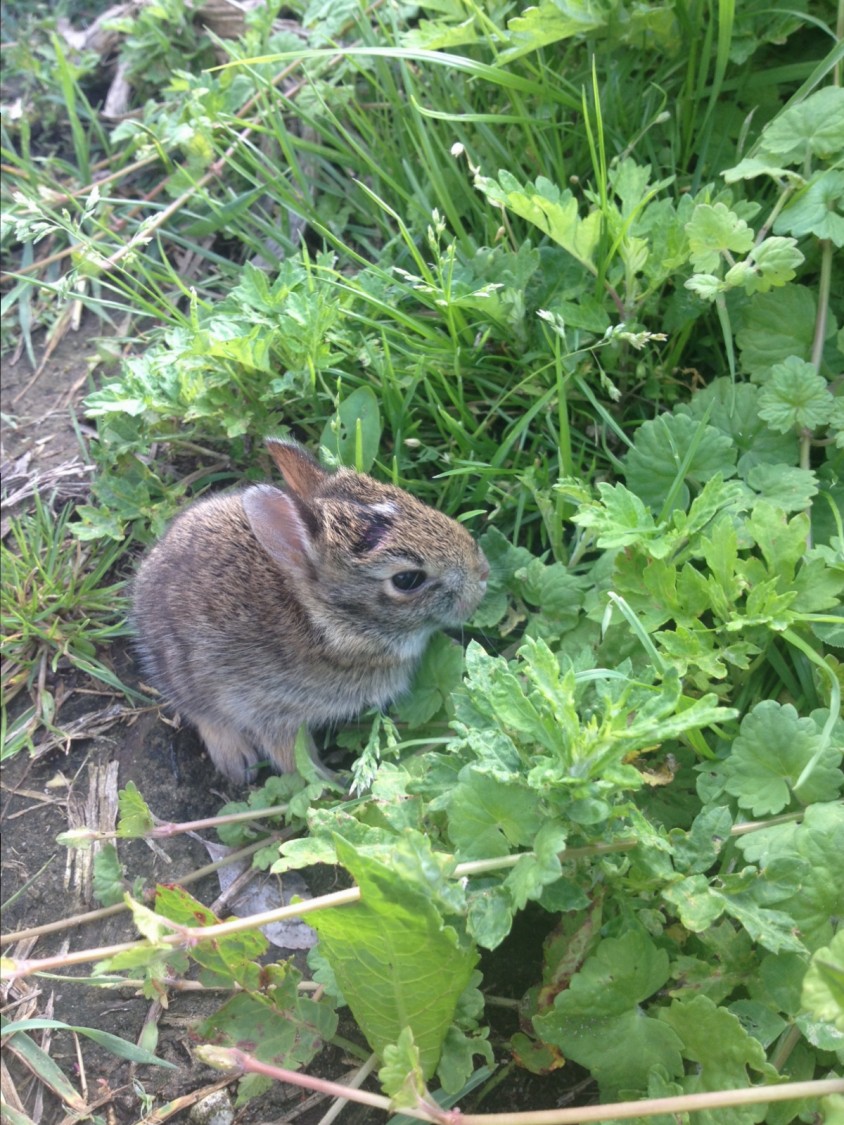
Hairs on the throat, sides, and rump have gray bases blending to buff with short black tips. West of the Cascade Range, the dorsal hairs of this rabbit have gray blending to dark-brown or blackish base followed by a narrow band of buff and a black tip. In conformation, it is much like the white-tailed jackrabbit. The black-tailed jackrabbit is slightly smaller than the white-tailed jackrabbit but considerably larger than the snowshoe hare. In the Willamette Valley, coverts occupied by the Eastern cottontail commonly contain large clumps of blackberries interlaced around small white oak, ash and black cottonwood trees and interspersed among grasses and forbs.

The source of animals in the Portland area is unknown, but it may be from Missouri stock introduced near Battle Ground, WA in 1933. From these sites, Eastern cottontails have spread at least through the mid-Willamette Valley. This rabbit was introduced into Benton County in 1937 and into Linn County in 1941 from Ohio and Illinois. The venter hairs are white with gray bases, giving a splotched appearance when the hairs are spread, and the tail hairs are white to the base.

The hairs on the dorsum have steel gray bases followed by bands of brownish black, buff, and black. Overall, the dorsal pelage is brownish, becoming darker (almost black) on the rump and lighter buffy brown on the flanks the nape patch is orangy brown without black hairs, and the head is the same color as the dorsum.

The eastern cottontail is the largest member of the genus in Oregon.


 0 kommentar(er)
0 kommentar(er)
